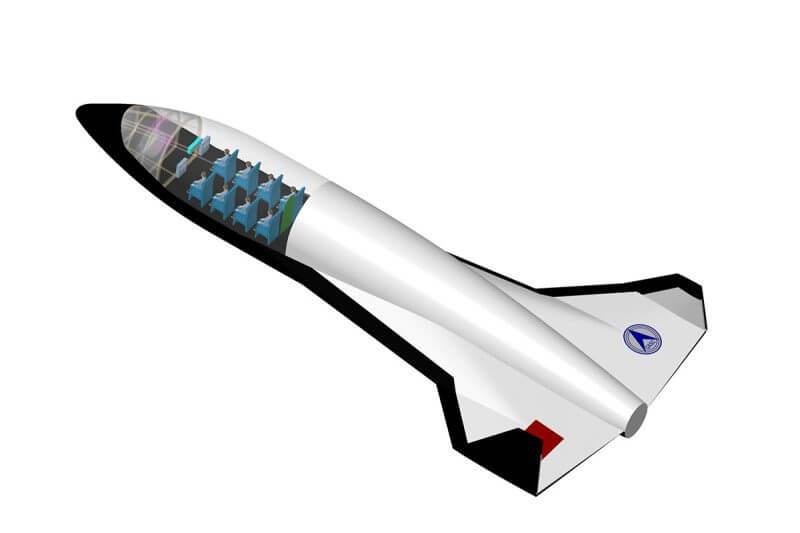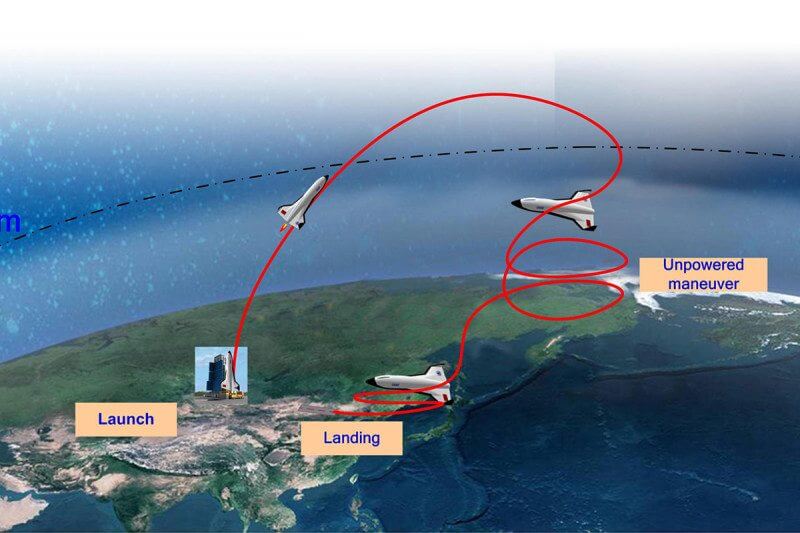- Get link
- X
- Other Apps

The Chinese company is building a space plane that will be able to lift up to twenty space tourists at once. The government-funded Chinese Space Launch Technology Academy (China Academy of Launch Vehicle Technology) has created two versions of the design of the future spacecraft. Both variants look like large shuttles capable of taking off and going into Earth orbit exclusively on their own, without the use of launch vehicles.
The project being developed was presented at the International Meeting of Astronomers, held last week in Mexico. At the presentation, which was held by the Chinese rocket-maker Liu Hao Kang, it was announced that the ready-made spacecraft could be adapted to the ability to transport as many space tourists as possible at a time. The head of development, Han Peng Xin, said in an interview with New Scientist that ground tests are almost complete. As for test flights, “they will be completed within the next two years”. According to Han, if all the tests are successful, the device will be ready for a real commercial flight by 2020. At the same time, the cost of one flight into space on such a device will be something between 200,000 and 250,000 dollars.
Other private space companies are also planning to provide space tourism services. Virgin Galactic’s SpaceShipTwo spacecraft can carry up to six people. Blue Origin's New Shepard capsule will have similar capabilities. The Chinese project, in turn, will offer the possibility of carrying more passengers and, unlike SpaceShipTwo, which will require an additional aircraft to bring the ship out of the atmosphere, will be able to independently perform vertical takeoff (like a rocket) and automatic (without control from the ground electronics on board) landing like an airplane.

The Academy has developed two versions of the spaceplane. The ten-ton option will be able to lift 5 people to a height of 100 kilometers. The version of the device weighing 100 tons will be able to carry up to 20 passengers to a height of 130 kilometers. Both versions of the device will be reusable. In addition, a large version can also bring satellites into near-earth orbit.
Some experts in the space industry have already called this project an “interesting initiative,” although they noted that the presentation in Mexico last week did not shine with the presence of important technical details.
“It’s always easier to draw illustrations and talk about future opportunities than build and launch a spacecraft,” said Roger Launius from the National Museum of Aeronautics and Astronautics.
The article is based on materials .
- Get link
- X
- Other Apps
Comments
Post a Comment